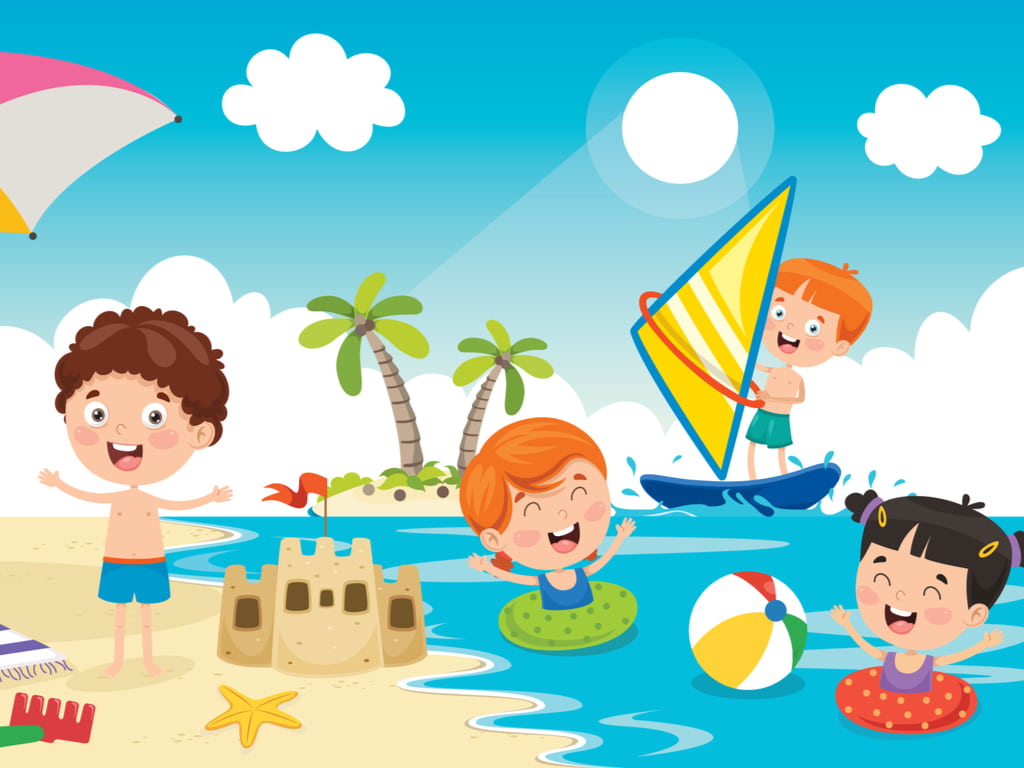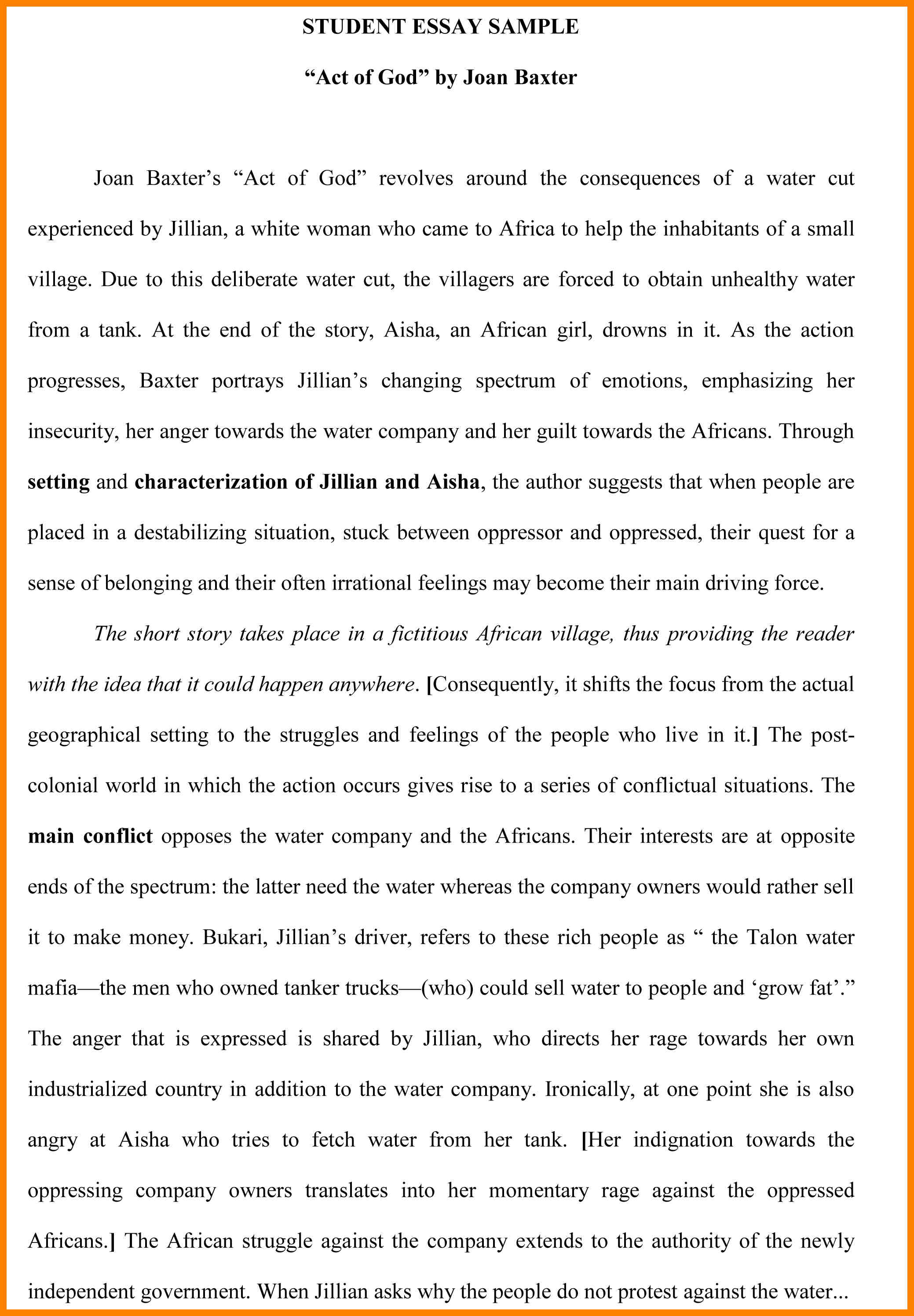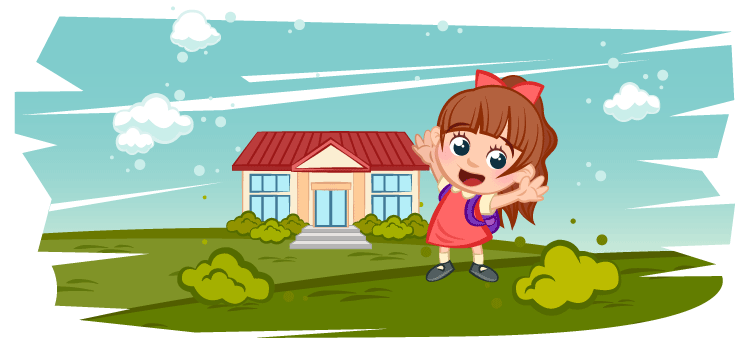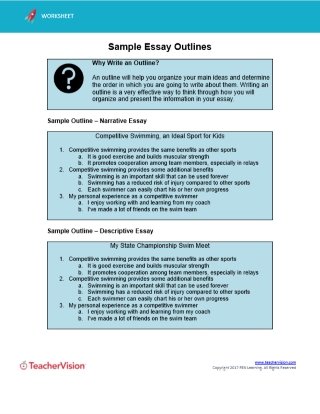Picture composition refers to the way elements in a photograph or painting are arranged in order to create a visually pleasing and harmonious image. This is an important concept for kids to learn, as it helps them to develop their artistic skills and understand how to effectively convey meaning through visual media.
One example of good picture composition for kids is the rule of thirds. This rule suggests that an image can be divided into nine equal parts by drawing two equally-spaced horizontal lines and two equally-spaced vertical lines. The theory is that if you place the most important elements of the image along these lines, or at the intersections of them, the composition will be more balanced and harmonious. For example, in a landscape photograph, the horizon might be placed along one of the horizontal lines, while the focal point of the image, such as a tree or building, might be placed at one of the intersections.
Another example of picture composition for kids is the use of leading lines. Leading lines are lines within the image that draw the viewer's eye towards the main subject or focal point. These lines can be actual lines, such as a path or road, or they can be implied lines, such as the edge of a cliff or the curve of a river. Leading lines can help to create a sense of depth and movement in an image, and can also help to guide the viewer's gaze towards the most important elements of the composition.
Another technique for creating good picture composition for kids is the use of negative space. Negative space refers to the areas around and between the main subjects in an image. It is important to consider the negative space in a composition, as it can help to balance out the overall image and create a sense of harmony. For example, in a portrait photograph, the negative space might be the area around the subject's head, while in a still life photograph, it might be the empty space between the objects being depicted.
Finally, the use of symmetry and patterns can also be effective in creating good picture composition for kids. Symmetry refers to the balance and repetition of elements within an image, while patterns refer to the repetition of lines, shapes, or colors. Both of these techniques can help to create a sense of order and structure within an image, and can also be visually appealing to the viewer.
In conclusion, picture composition is an important concept for kids to learn, as it helps them to develop their artistic skills and understand how to effectively convey meaning through visual media. By learning about techniques such as the rule of thirds, leading lines, negative space, symmetry, and patterns, kids can create visually pleasing and harmonious images that effectively communicate their ideas and emotions.




:max_bytes(150000):strip_icc()/compare-and-contrast-essay-topics-7822_v3-5b47aad3c9e77c00377129c9.png)


